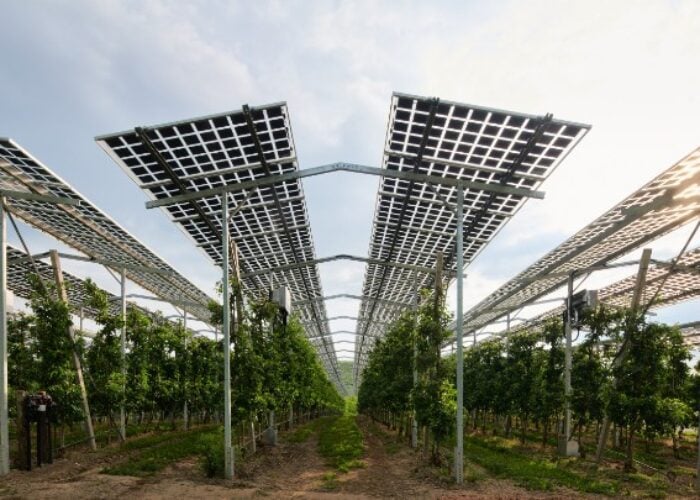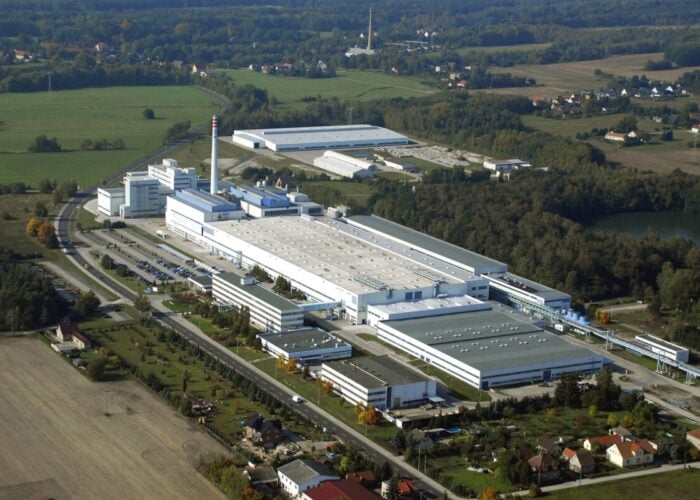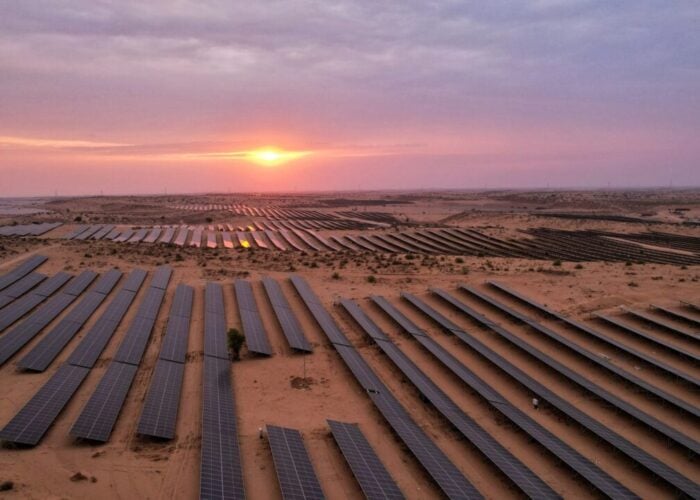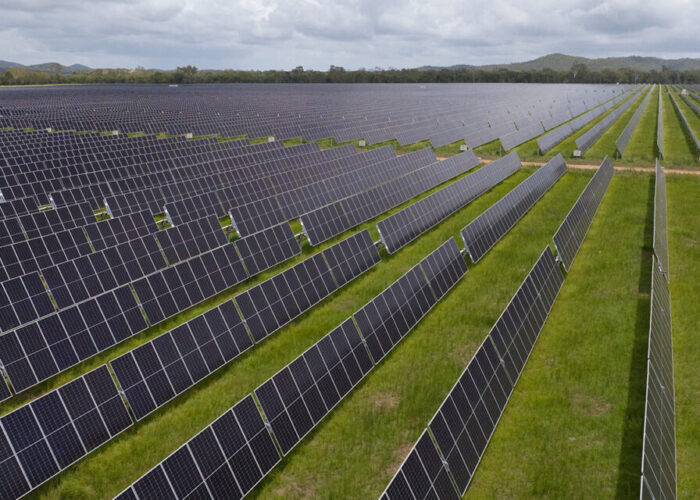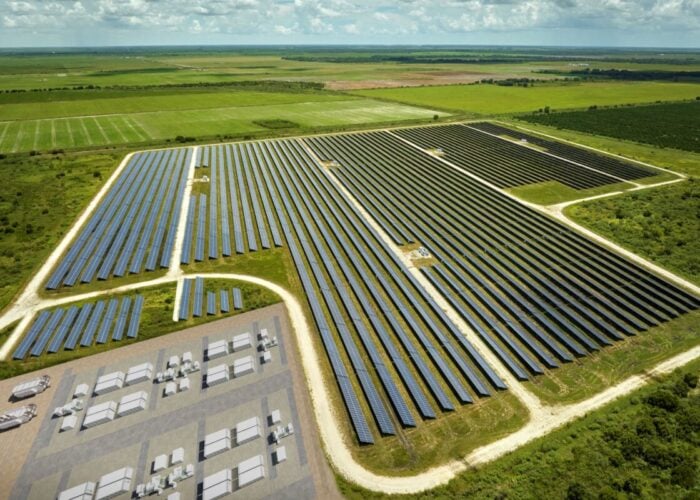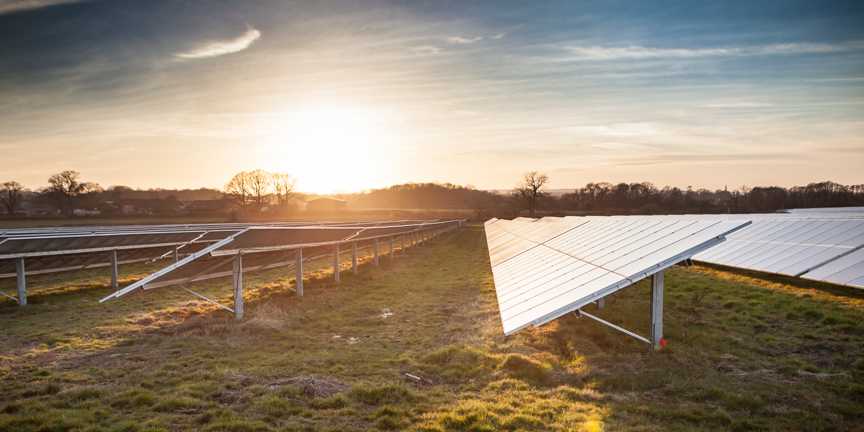
Solar PV plants generated 10% of the EU-27’s electricity demand during June and July this year, new analysis by energy thinktank Ember has found.
The eight EU countries also set new records for the share of power generated by solar PV during the summer peak this year, including Estonia, Germany, Hungary, Lithuania, the Netherlands, Poland, Portugal and Spain.
Unlock unlimited access for 12 whole months of distinctive global analysis
Photovoltaics International is now included.
- Regular insight and analysis of the industry’s biggest developments
- In-depth interviews with the industry’s leading figures
- Unlimited digital access to the PV Tech Power journal catalogue
- Unlimited digital access to the Photovoltaics International journal catalogue
- Access to more than 1,000 technical papers
- Discounts on Solar Media’s portfolio of events, in-person and virtual
Hungary’s solar generation in particular has quadrupled share of the country’s power output since June – July 2018, while the Netherlands and Spain have witnessed a doubling of solar’s share in the same timeframe. Estonia and Poland have gone from near zero solar in 2018 to 10% and 5% respectively in June – July 2021.
Solar overtook coal power in Hungary for the first time in summer 2021, a milestone that had already been reached the previous year in Greece and Portugal, and several years ago in the Netherlands, Italy, France, Spain, Austria and Belgium.
Hungary saw solar power increase from 3% of electricity in June – July 2018 to 12% this summer. In comparison, Hungary’s coal power fell from 17% of its electricity in June – July 2018 to just 10% this summer.
However, solar panels still generated less electricity than Europe’s coal power plants, even during the height of their summer peak.
Charles Moore, Ember’s Europe lead, said: “Europe has had a record-breaking summer for solar power, but it is yet to harness its full potential. The cost of solar power has tumbled in the last decade and we are seeing the first signs of Europe’s solar revolution in countries like Spain, the Netherlands, Hungary and even coal-heavy Poland.
“However, there is a long way to go before solar provides more power than fossil fuels, even in the height of Europe’s summer sun. Weather extremes across Europe this summer have given governments an urgent wake-up call and now they must turn climate targets into climate action by stepping up solar deployment.”
Solar generation throughout Europe must grow throughout the coming decade if 2030 decarbonisation targets are to be met. The solar market is poised to support the growth required, given that it is now half the price to generate electricity from new solar panels than existing fossil plants across major markets including Germany, the UK, Italy, France and Spain.
The global average levelised cost of electricity (LCOEs) for utility-scale solar photovoltaic has collapsed from US$381/MWh in 2010 to US$57/MWh in 2020.
Furthermore, analysis from Ember published last month revealed how in major European economies, production costs from new wind and solar farms were far lower than those of fossil fuel generators. For example, in Spain, the cost of generating power from gas and hard coal plants are triple those of new wind and double that of new solar installs.

